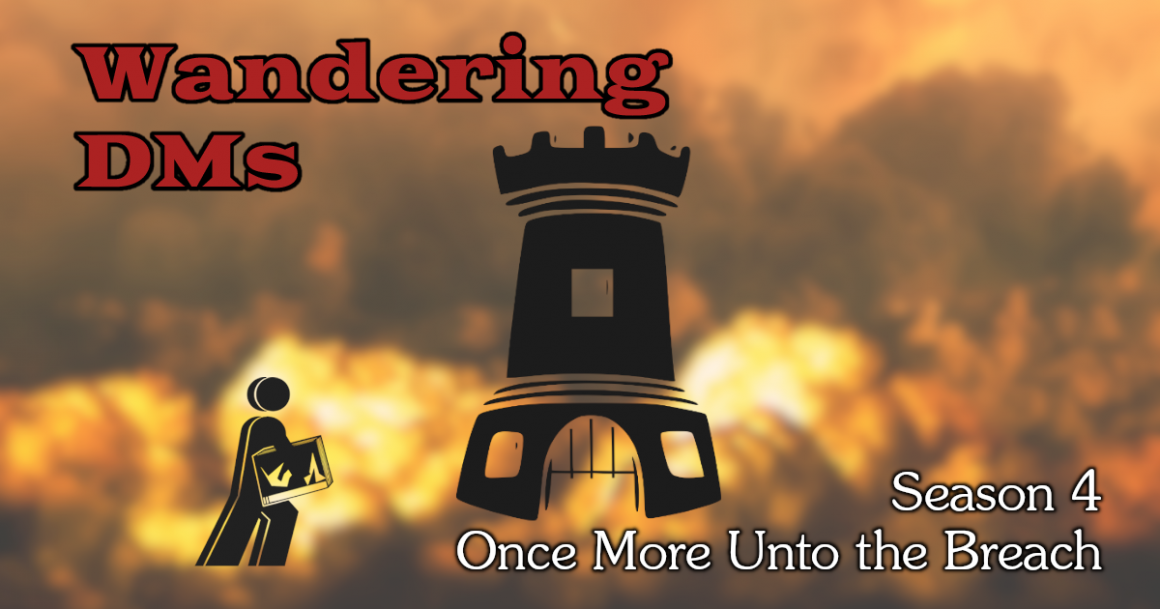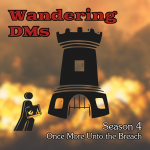
Slimes in D&D | Calling the Cleanup Crew | Wandering DMs S04 E35

Paul & Dan chat about slimes, molds, oozes, and deadly gelatinous horrors in D&D. Gross!
Slime mold or slime mould is an informal name given to several kinds of unrelated eukaryotic organisms with a life cycle that includes a free-living single-celled stage and the formation of spores. Spores are often produced in macroscopic multicellular or multinucleate fruiting bodies which may be formed through aggregation or fusion. Slime molds were formerly classified as fungi but are no longer considered part of that kingdom. Although not forming a single monophyletic clade, they are grouped within the paraphyletic group, Protista.
More than 900 species of slime mold occur globally. Their common name refers to part of some of these organisms’ life cycles where they can appear as gelatinous “slime”. This is mostly seen with the Myxogastria, which are the only macroscopic slime molds. Most slime molds are smaller than a few centimetres, but some species may reach sizes up to several square metres and masses up to 20 kilograms.
They feed on microorganisms that live in any type of dead plant material. They contribute to the decomposition of dead vegetation, and feed on bacteria and fungi. For this reason, slime molds are usually found in soil, lawns, and on the forest floor, commonly on deciduous logs. In tropical areas they are also common on inflorescences and fruits, and in aerial situations (e.g., in the canopy of trees). In urban areas, they are found on mulch or in the leaf mold in rain gutters, and also grow in air conditioners, especially when the drain is blocked.
The “clean-up crew” of slimes, oozes, molds, and deadly puddings appear at the end of the monster roster in Original D&D (1974), and arguably are the only new creation type not found in classic mythology of Tolkien. Why do they get so much mindshare? Why were they important to Gygax & company at the outset? And how can you best use them in your games today?
Wandering DMs Paul Siegel and Dan “Delta” Collins host thoughtful discussions on D&D and other TTRPGs every week. Comparing the pros and cons of every edition from the 1974 Original D&D little brown books to cutting-edge releases for 5E D&D today, we broadcast live on YouTube and Twitch so we can take viewer questions and comments on the topic of the day. Live every Sunday at 1 PM Eastern time.
This description uses material from the Wikipedia article “Slime mold”, which is released under the Creative Commons Attribution-Share-Alike License 3.0.
